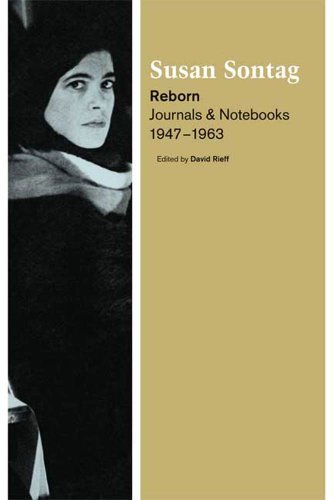REBORN
Old Favorites REBORN
In the spring of 1949, a 16-year-old Susan Sontag attended a lecture delivered by Anaïs Nin, the avant-garde author of erotic works like A Spy in the House of Love, to hear Nin’s thoughts on the role of the artist in society. “One feels that if one were to touch her, she would crumble into silver dust,” Sontag wrote in her diary.
At the time, Sontag was a student at Berkeley, a bookish prodigy who still wasn’t content in her overachievement; after a term, she applied to the University of Chicago, where she would meet Philip Rieff, her future husband and a sociology professor ten years her senior.
And yet, Berkeley remained the site of her own self-discovery, which was not unlike the feminine freedom and emotional plummets detailed in Nin’s stories and novels. A month after Nin’s lecture, Sontag spent a weekend with Harriet, an older friend who introduced her to the queer, countercultural scene in the Bay Area, counseled Sontag on heartbreak over dinner at a Chinese restaurant, and finally made love to her in the back of the Tin Angel, a jazz nightclub in Sausalito.
“Everything that was so tight, that hurt so in the pit of my stomach, was vanquished,” Sontag wrote in her journal, not long after the experience, which had transformed her into “an entirely different person.”
The ecstasy of self-discovery was short-lived. At the age of seventeen, Sontag married Philip Rieff. The only entry in her journal for that year acknowledges her marriage, and no journal for the following year was found in Sontag’s belongings after her death.
Silence, perhaps, suggested the cognitive dissonance of changing herself to fit into the confines of marriage. But the voice of the writer was destined to return, sardonic and truthful. In a particularly memorable entry in 1957, Sontag wrote:
“Philip is an emotional totalitarian.
‘The family’ is his mystery.
An ejaculation of weeping.”
Sontag’s own voice chafed against the constrictions of marriage, quelled by competition with a husband whose talent she threatened to surpass. In 1958, she filed for divorce, and a year later, she moved to New York City and embraced her destiny as a writer.
Written by Iman Sultan





